Affiliate links on Android Authority may earn us a commission. Learn more.
The notch is coming to a smartphone near you
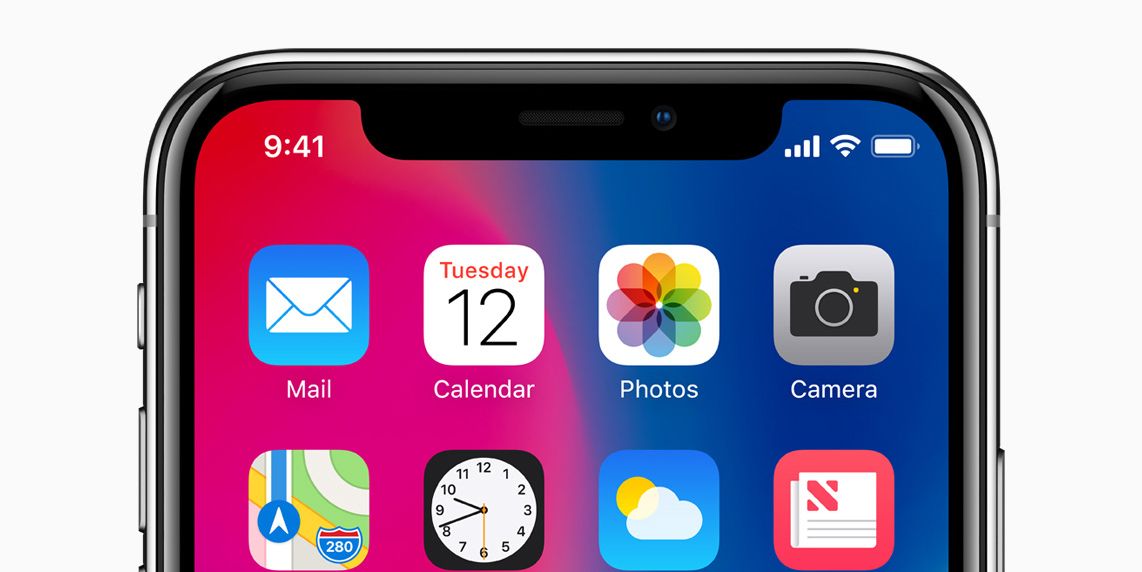
The iPhone X’s notch is perhaps its most derided feature. Yet there’s no denying that the notch makes the iPhone X look unlike any other smartphone currently on sale. And there’s no denying that, when Apple does something, Android competitors pay attention.
Apple’s influence over the industry, as well as the wide adoption of “bezel-less” screens, make the rise of the notch almost inevitable.
Here’s why we think the notch will be the big design trend of 2018.

For the iPhone X, Apple decided to use a nearly bezel-free design for the phone’s 5.7-inch display, something that has been a growing trend on many other Android smartphones for the past couple of years or so.
Apple’s take on the subject, however, is a bit different. Instead of leaving very small bezels on the top and bottom, like we have seen on the Samsung Galaxy S8 and Note 8 along with the LG G6 and V30, the iPhone X uses a very noticeable notch on top of the display, which houses the front-facing camera and its Face ID sensors.
Of course, the iPhone X was not the first phone to feature a notch. Unveiled in May 2017, the Essential Phone also has a notch on its bezel-free display, but it’s much smaller due to the fact that it only houses a camera.
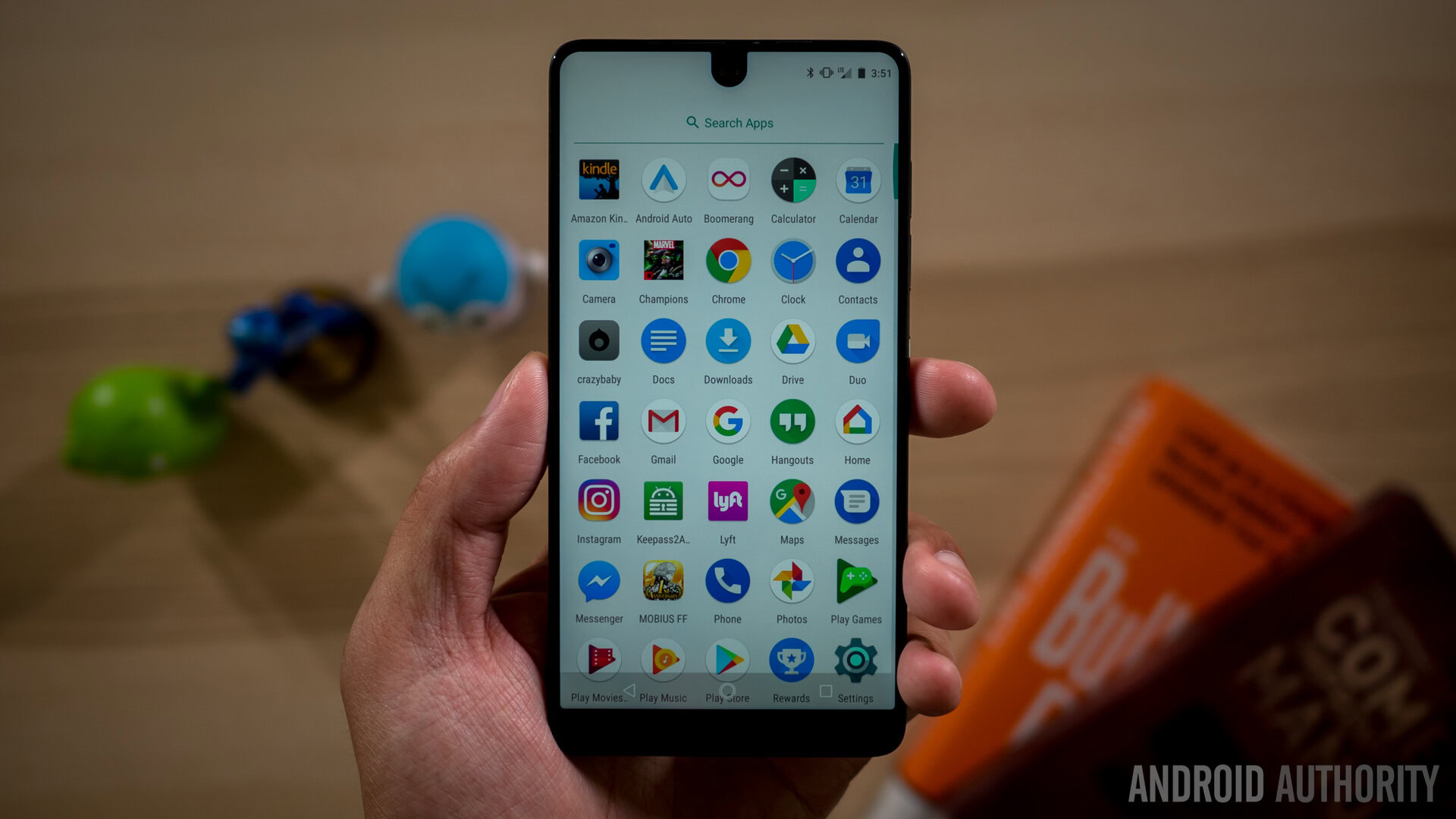
The iPhone X notch may turn out to be the preferred way for Android phone makers to implement truly bezel-free displays, at least for now. That may be especially true if more phones adopt facial recognition technology to replace fingerprint sensors.
Looking back in the short history of smartphones, we have seen design features that have been introduced by Apple, and later copied by others.
Looking back in the history of smartphones, we have seen design features that have been introduced by Apple and other top smartphone makers, and later copied by others.
For example, prominent antenna bands, which have appeared on the back of the HTCOne (M7) and were popularized by the iPhone 6, have continued to pop up on many other smartphones to this day.
More recently we have seen the 18:9 display ratio for smartphones taking hold, thanks to the popularity of the Samsung 2017 flagship phones, the Galaxy S8, S8 Plus and the Note 8. More and more phone makers are adopting this screen ratio for their phones.
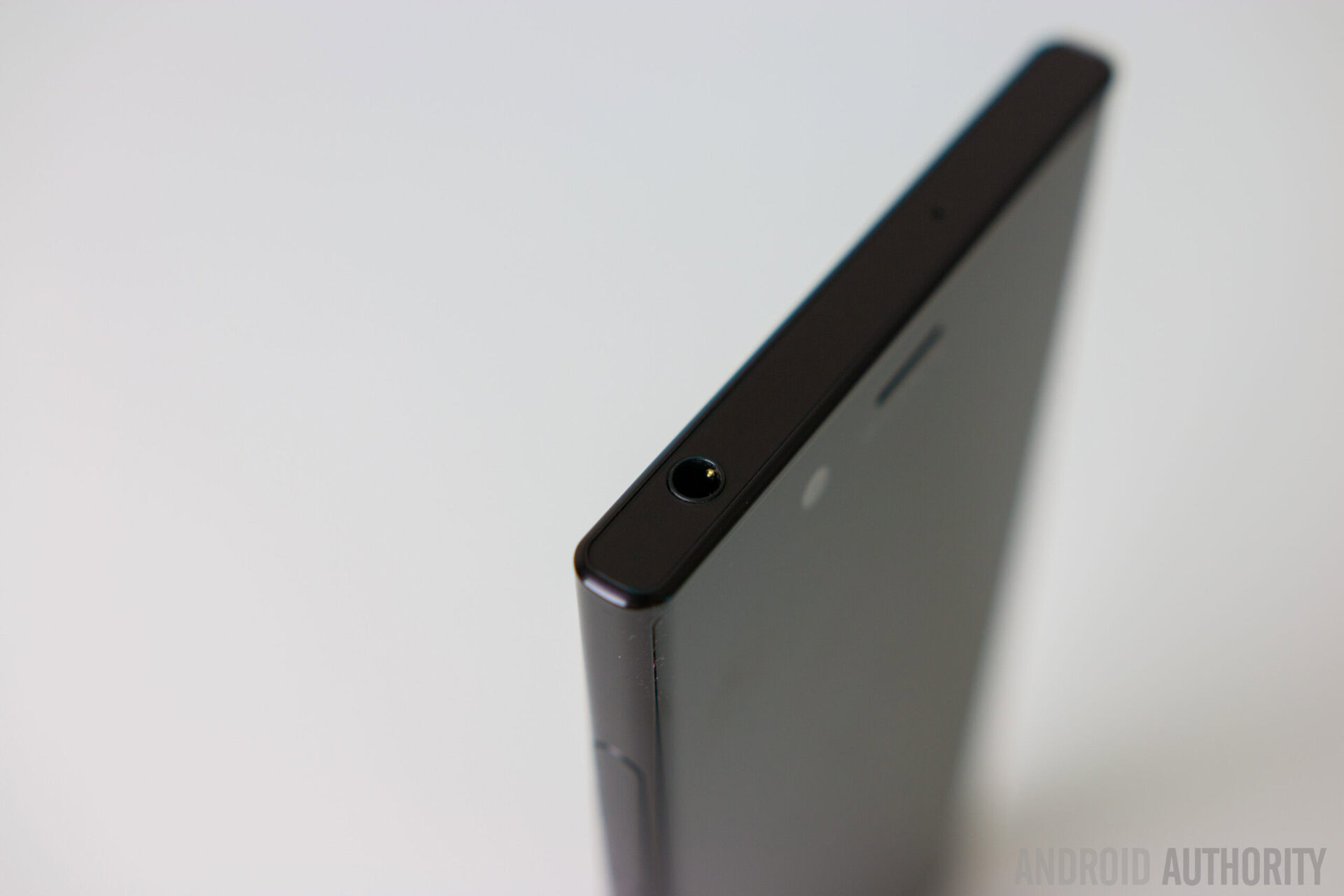
Of course, not all design choices that were made by Apple and other influential companies have taken hold over the past few years. That may also be the case for the iPhone X notch as well, but we don’t think that will actually happen.
Why the notch is here to stay
We already know that the iPhone X notch is a very controversial design move, but some people have been quick to embrace it.
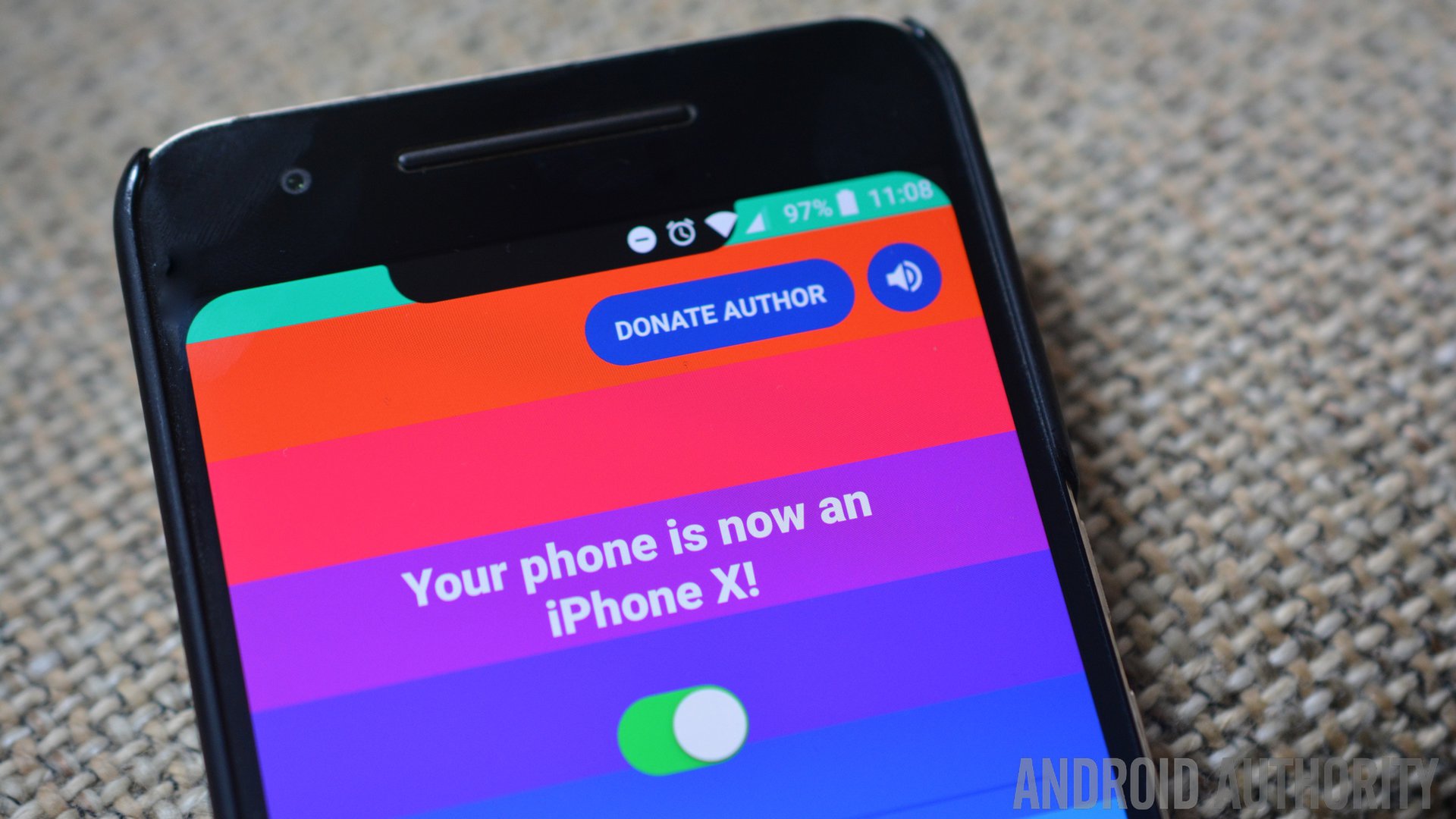
Just days after the iPhone X was announced, developer Damian Piwowarski released an app called Smartphone Upgrader 2017, which when installed allows any Android smartphone to look like the iPhone X, with both its notch and its rounded corners (the app lets you make your handset look more like the Essential Phone as well). The app is tongue-in-cheek, and a bit silly, but the fact that at least some people are interested in giving their phones fake notches did not go unnoticed.
A report from Engadget shows that a Chinese OEM is marketing an otherwise ordinary Android phone, the Hotwav Symbol S3, that includes a white “notch” to house its two front-facing cameras. The clear intention was to make people think they are getting an iPhone X, with its notch, but if you take away the white surface, it’s just another Android phone.
Leagoo, a notorious Chinese clone maker, is also hard at work copying the iPhone X. See the Leagoo S9 below.
Clones aside, a number of legitimate Android manufacturers are experimenting with notch designs for their phones. In addition to Essential, which was first out of the gate, we have seen Sharp release the Aquos S2 in Asia. It has a bezel free design similar to the one found on the Essential phone.
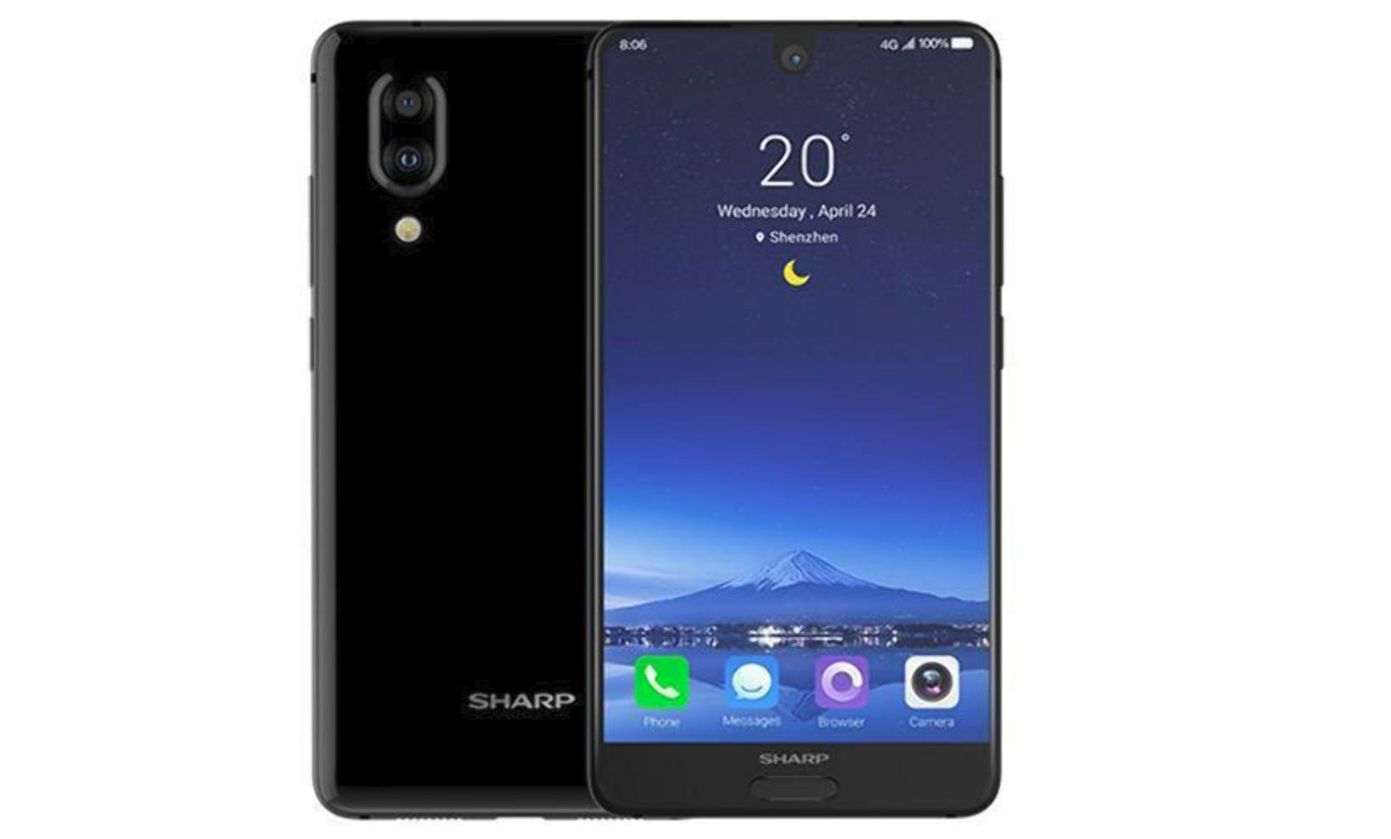
But it’s HUAWEI (and its sub-brand HONOR) that leads the pack when it comes to adopting the notch. And it’s not just a cosmetic touch — HUAWEI is also working on 3D facial recognition system of its own, that HUAWEI claims is superior to Apple’s Face ID.
Images teased at the recent P10 launch in China (via WinFuture) showed off what HUAWEI’s implementation might look like, and it’s very similar to the iPhone X notch.
HONOR is even working on an Animoji-style feature of its own.
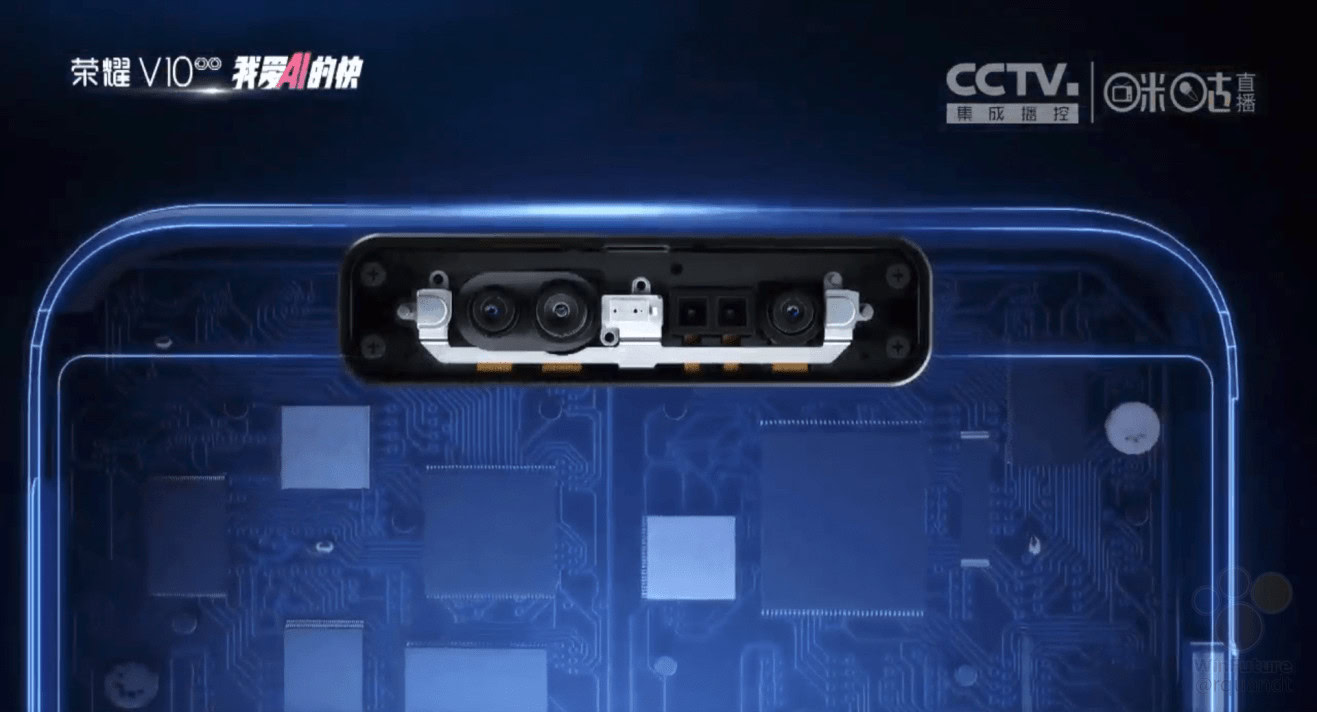
Meanwhile, parent brand HUAWEI is likely to add a notch to its 2018 smartphones.

If HUAWEI is planning on adding this tech to a future bezel-free phone, it’s likely that other phone makers are making similar plans for their phones that have both facial recognition hardware and a bezel-free display.
Xiaomi, an early adopter of bezel-less designs with its Mix series, is a likely candidate. So far, the company found ways to hide or relocate components like the earphone speaker or the front-facing camera. But those solutions are far from ideal, so the temptation to move to a notch will be high.
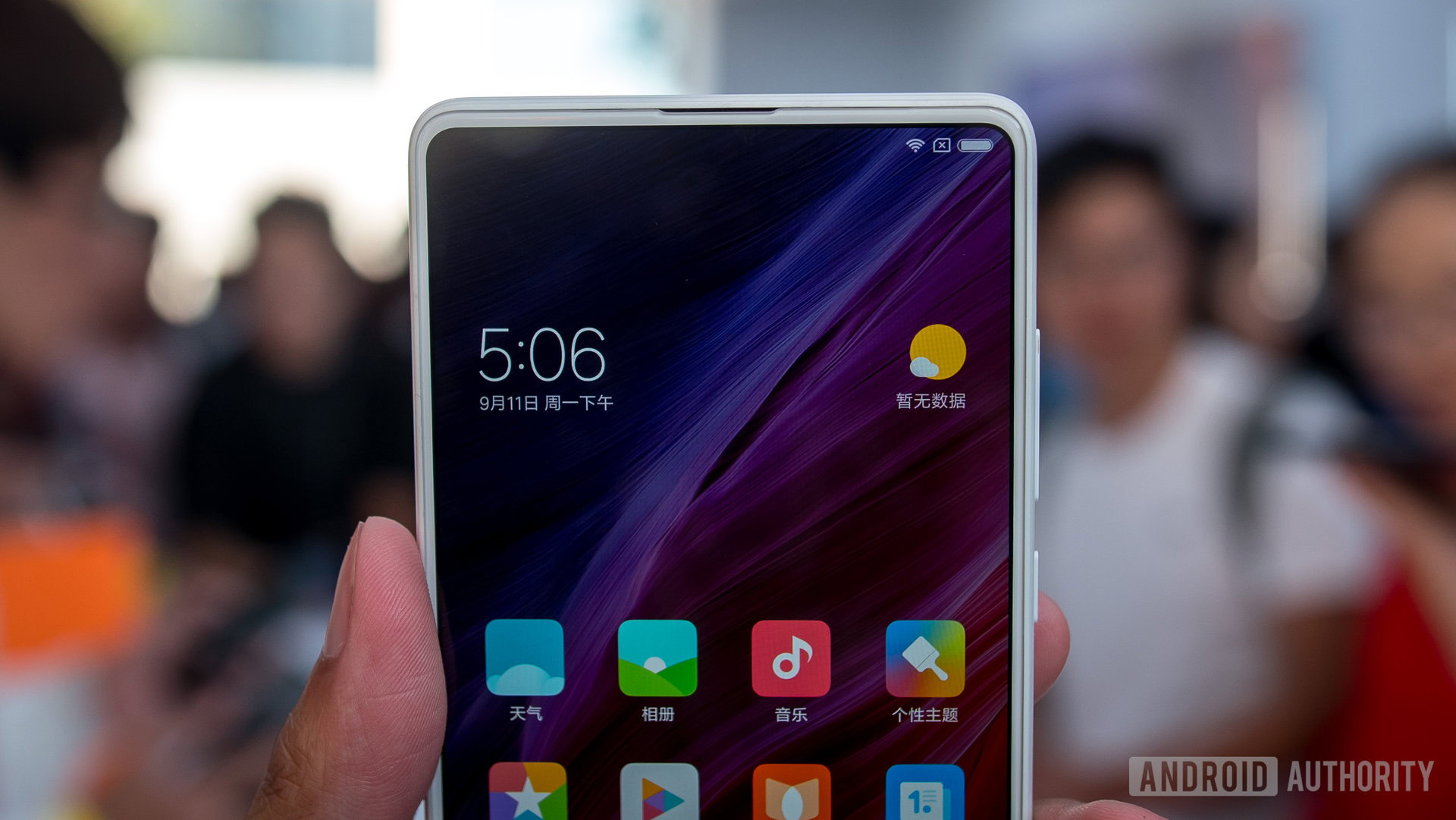
Even manufacturers that have their own distinctive design languages might be pressured to add some form of notch to their phones. Minimal bezels are fast becoming the norm, leaving very little room to place components like front facing cameras, speakers, and various sensors. Plus, it’s an arm race: when everyone else is adopting a certain feature, the companies that hold out risk falling behind.
Case in point, patent applications that were published this year reveal that LG and Samsung are mulling adding notches to their phones.
Here’s LG design, which we initially thought would be used on the LG V30:
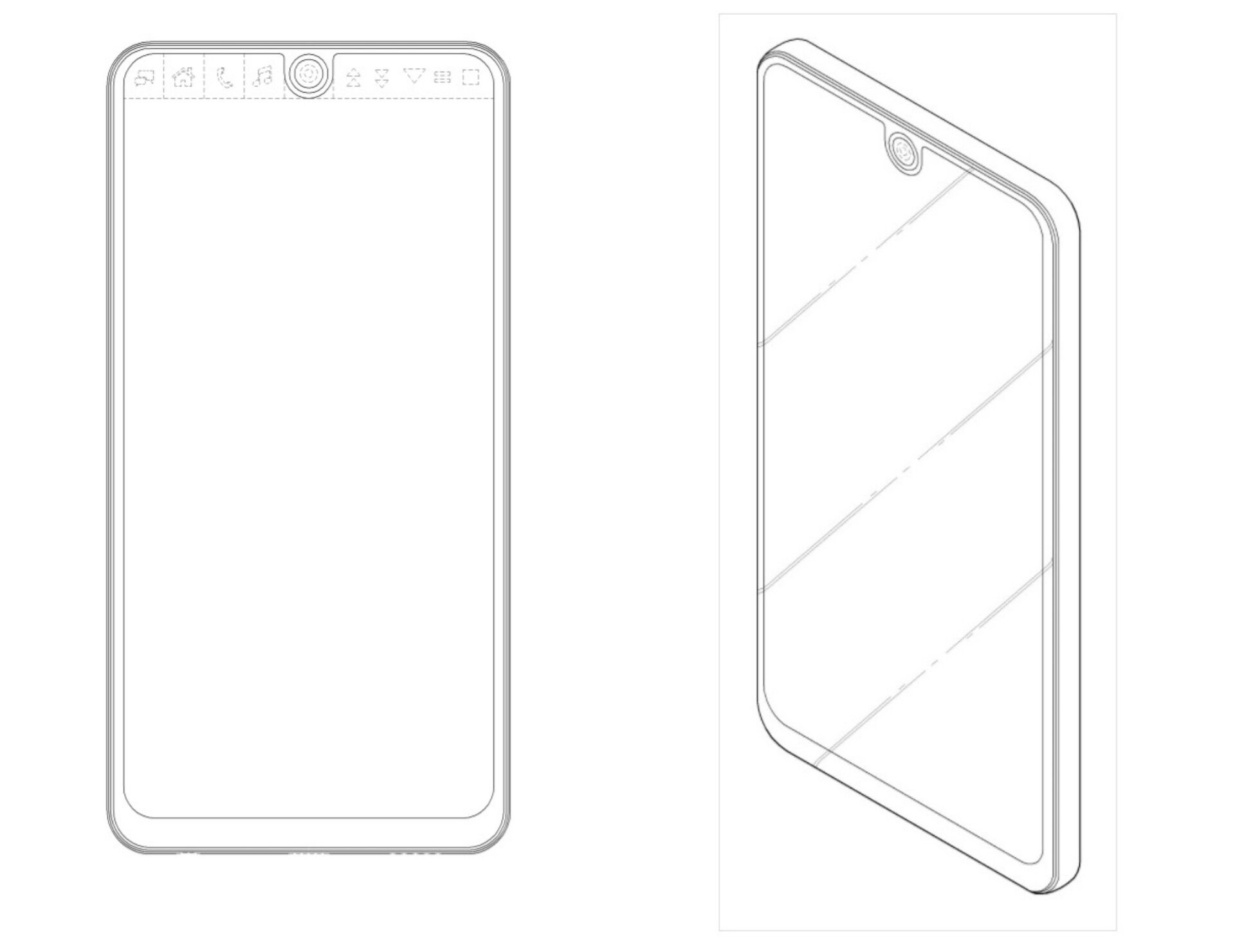
And here’s one design that Samsung has been working on:
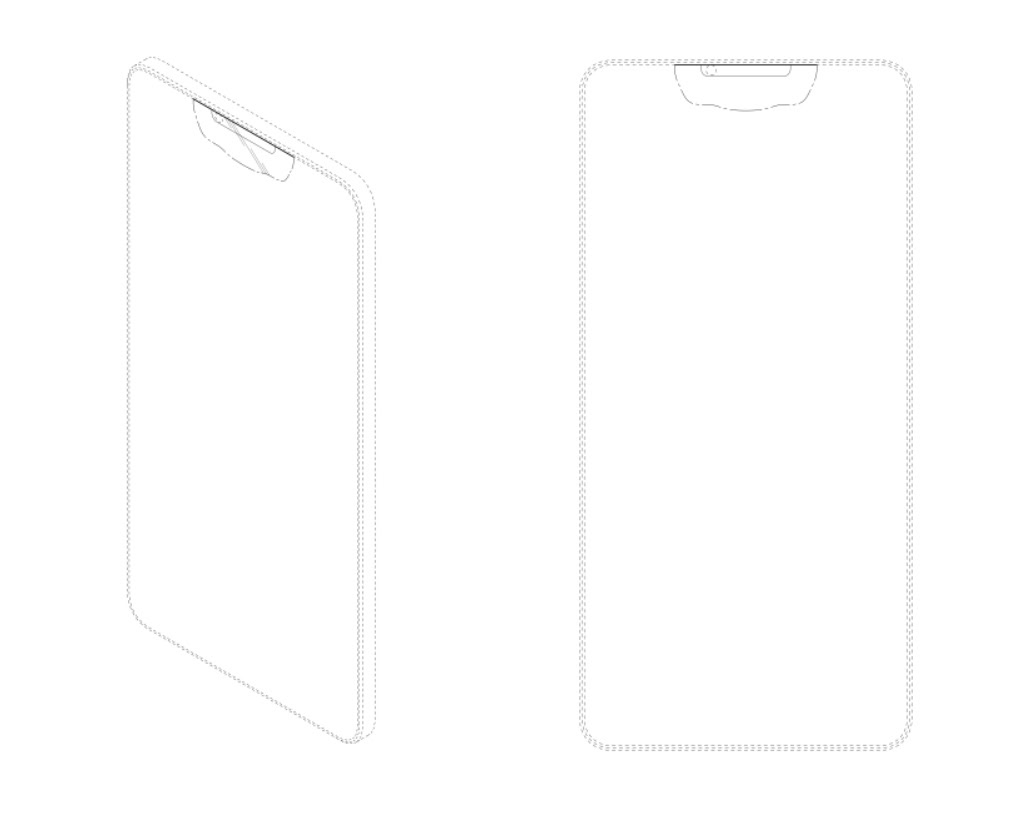
Wrap-up
Even with the trend toward bezel-free displays on phones, there is certainly some debate on whether or not consumers will “embrace the notch” to coin a phrase. We will also admit that the notch may just be a brief design trend that may ultimately amount to nothing.
Will you buy a future Android bezel-free smartphone with a highly visible notch on top of its display? If so, why, and if not, why not? Let us know how you feel about this design choice in the comments!